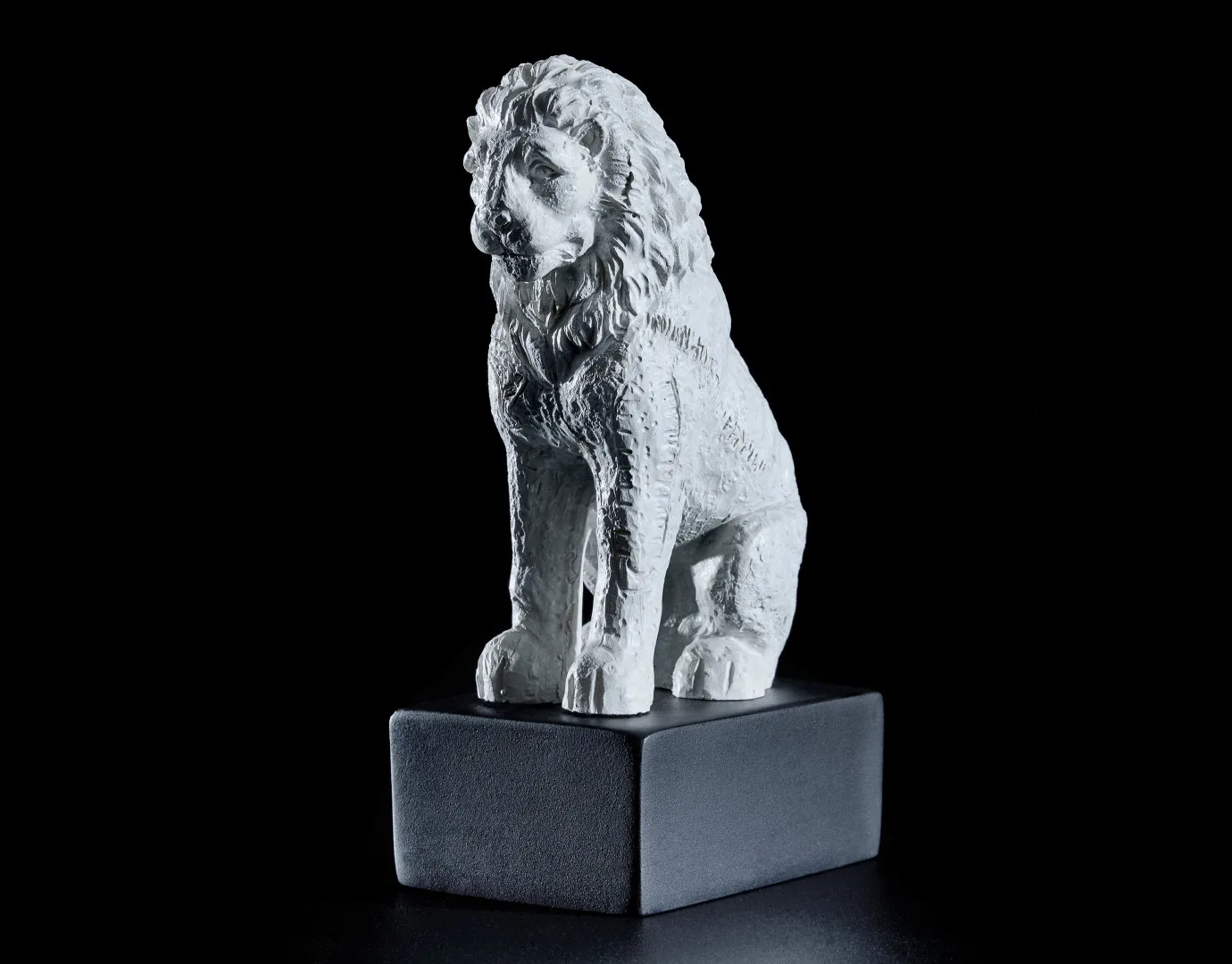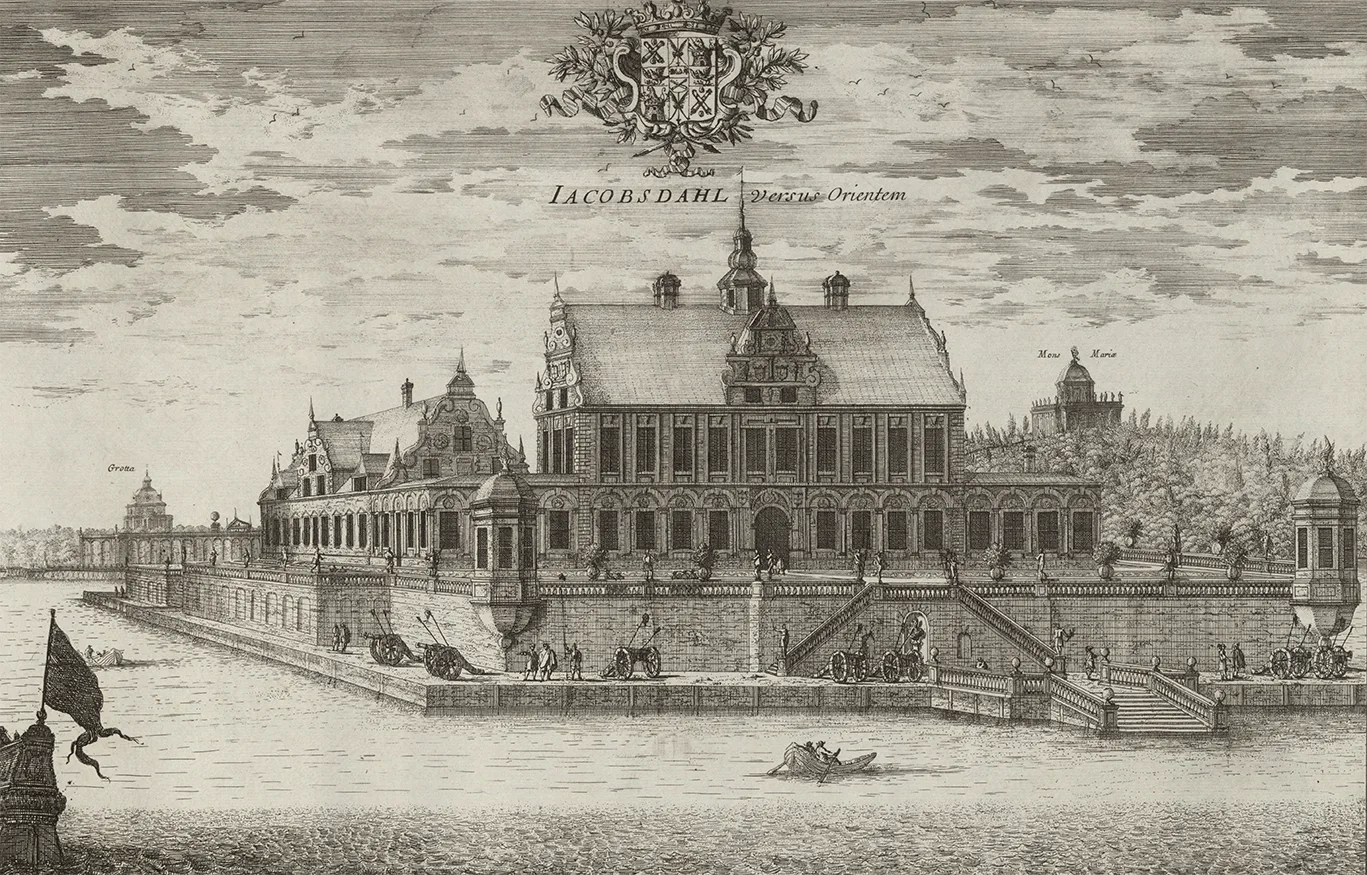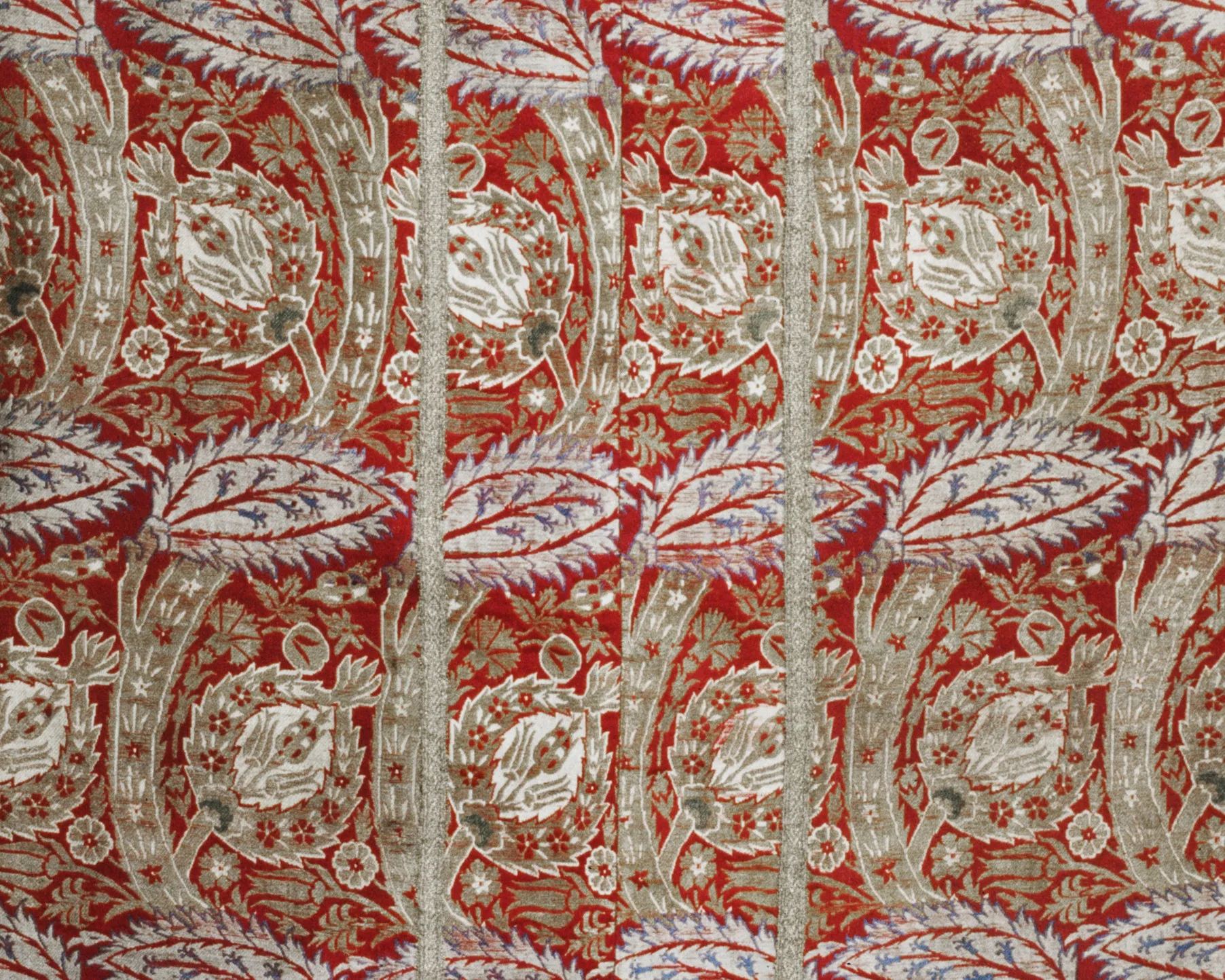The Piraeus lion with Viking tattoos
The original sculpture, a marble lion over three metres tall, stands outside the entrance to the Arsenal in northern Venice. But the lion’s story begins elsewhere. The lion originally stood overlooking the port of Athens, Piraeus, possibly as early as 300 BC.
Over time, the harbour came to be known as Porto Dracos, The Beast’s Harbour, named after the great lion. Travel accounts from the 16th and 17th centuries describe how the lion once served as a drinking fountain. A terracotta pipe was mounted along its back, carrying water to its mouth, where it sprayed into a cistern at the lion’s feet. A practical and refreshing sight for thirsty sailors and passers-by.

On three separate occasions, Norsemen in the Viking Age carved runes into its sides and legs. By the time the runes were carved, the lion had already stood for over a thousand years. Scholars have attempted to interpret the inscriptions since the late 18th century, when the runes were rediscovered. The most recent on-site study and interpretation was conducted by runologist Thorgunn Snædal and published in 2014. The translations below are hers.

Runes abour the warrior horse
The runic band on the lion’s front left side is believed to be the oldest. Its design resembles that of a runestone (U 341) in Orkesta, Uppland, which dates to around the 1020s. The inscription reads:
...they carved, the men of the Helming clan... and in this harbour, these men carved runes in memory of Horse(?) the farmer. The Swedes made this on the lion. He fell(?) before he could claim/take the tribute.
The "Helming’s men" were Norse Varangians, warrior troops who served as mercenaries, often at sea, and formed the imperial guard of the Byzantine emperor. Horse, the farmer who may have led this band of Varangians, died before he could claim his share of the spoils, which were likely to be divided between the emperor and his men.
On the lion’s left thigh, a shorter inscription was carved at another time by different Varangians from the north:
rikir carved the runes / The warriors / young men carved the runes
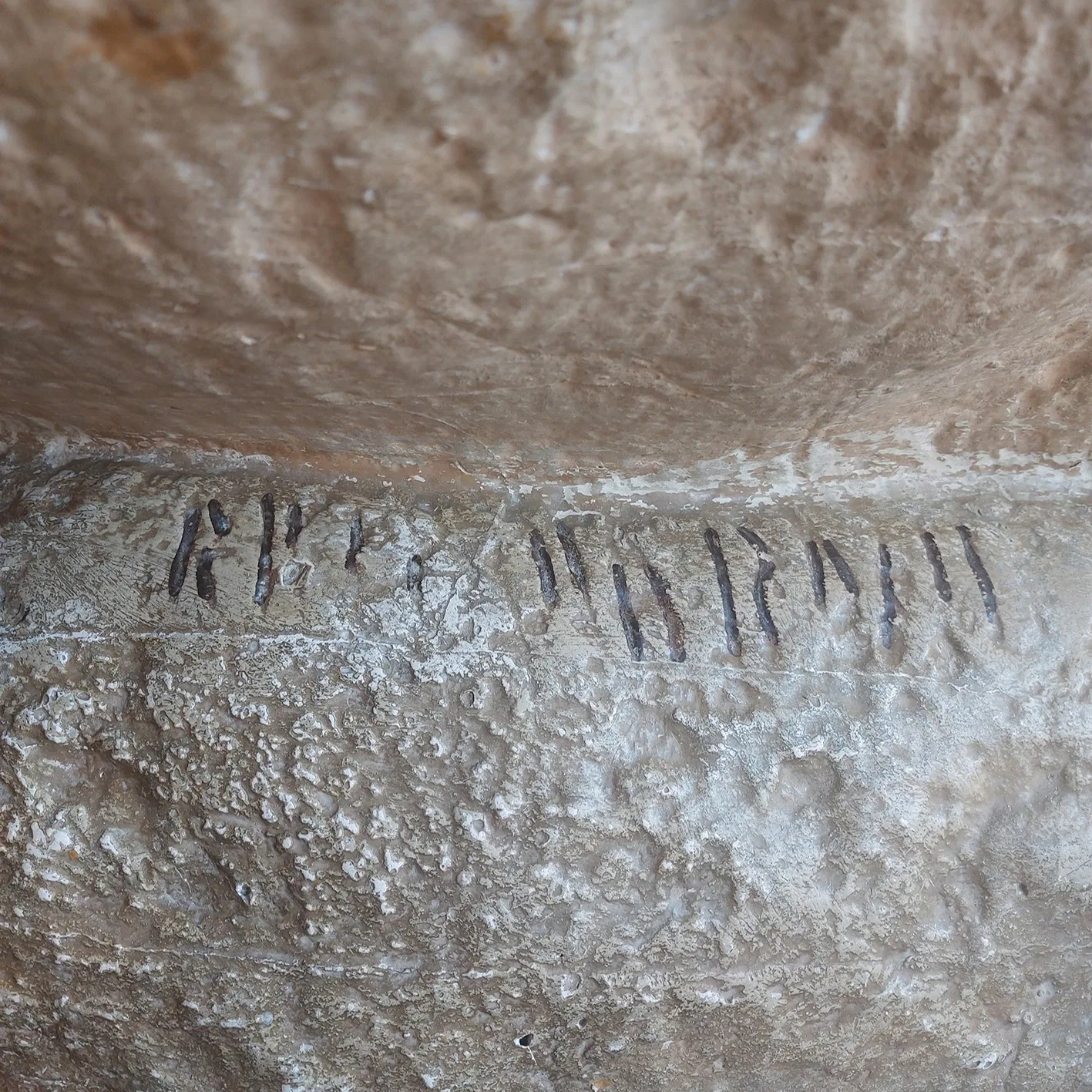
Åsmund’s Serpent Band
A beautifully executed runic band featuring a dragon head adorns the lion’s right side and chest. It is stylistically similar to runestones from Uppland and has been dated to the last quarter of the 11th century. Due to damage to the marble, the full inscription is not readable, but what remains says:
Åsmund carved... these runes, they Eskil/Askel... ... Torlev(?) and...
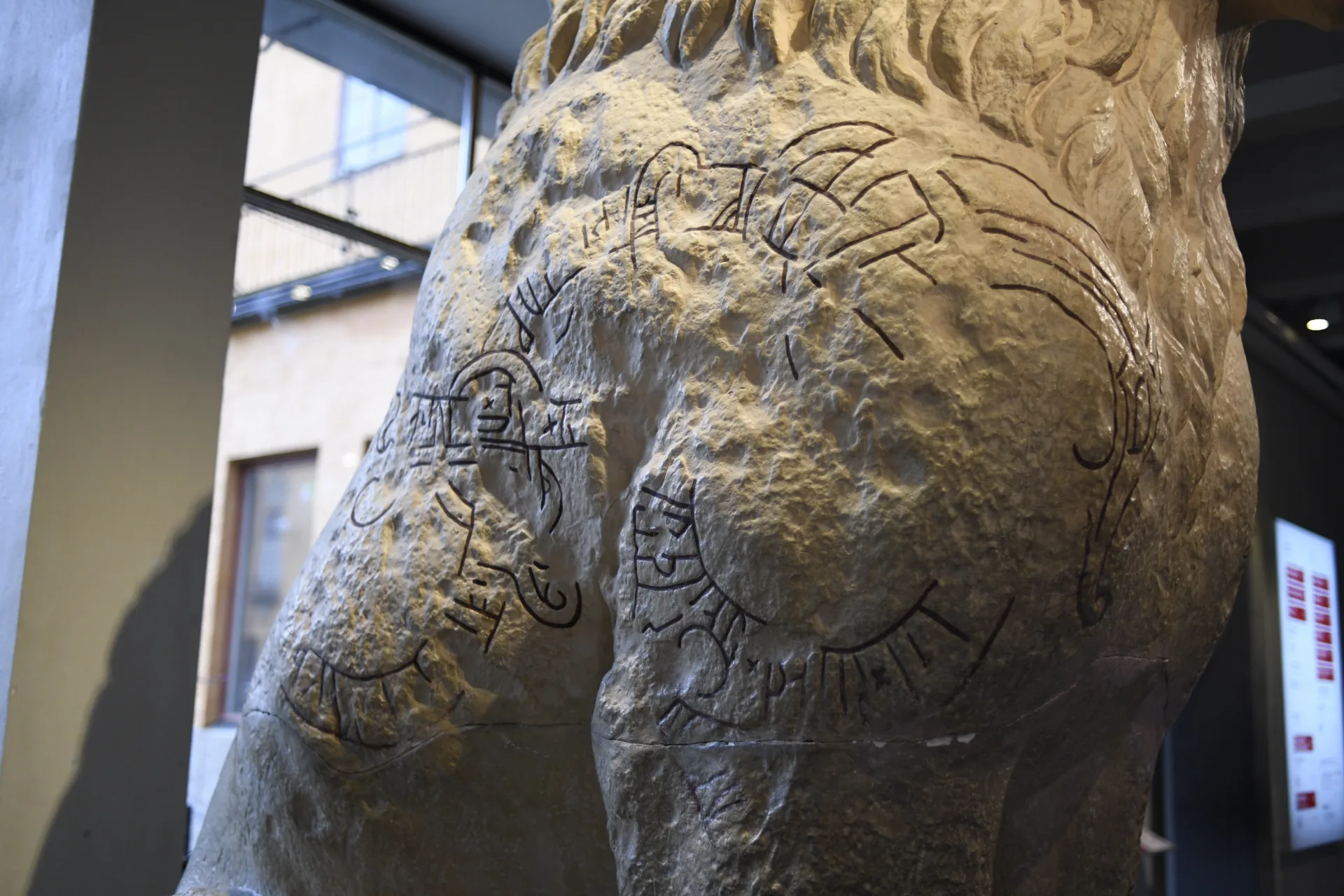
This too is likely a Varangian memorial, although the full reason behind it may never be known. It is, however, well documented that Norse troops took part in several major battles near Piraeus in the late 11th century, including conflicts against the Normans.
From Piraeus to Venice — the lion as war booty
Both the original and the cast at the Swedish History Museum clearly show cannonball damage. These wounds may stem from the Venetian attack on Piraeus and Athens in 1687. Venice emerged victorious over the Turks, who then ruled Greece. The lion, along with two other marble lions, was seized as war booty and shipped to Venice, where it was placed at the Arsenal. The Swedish Field Marshal Otto Wilhelm von Königsmarck (1639–1688), who served as a commander in the Venetian army, is said to have been involved in taking the trophies. He died shortly thereafter.
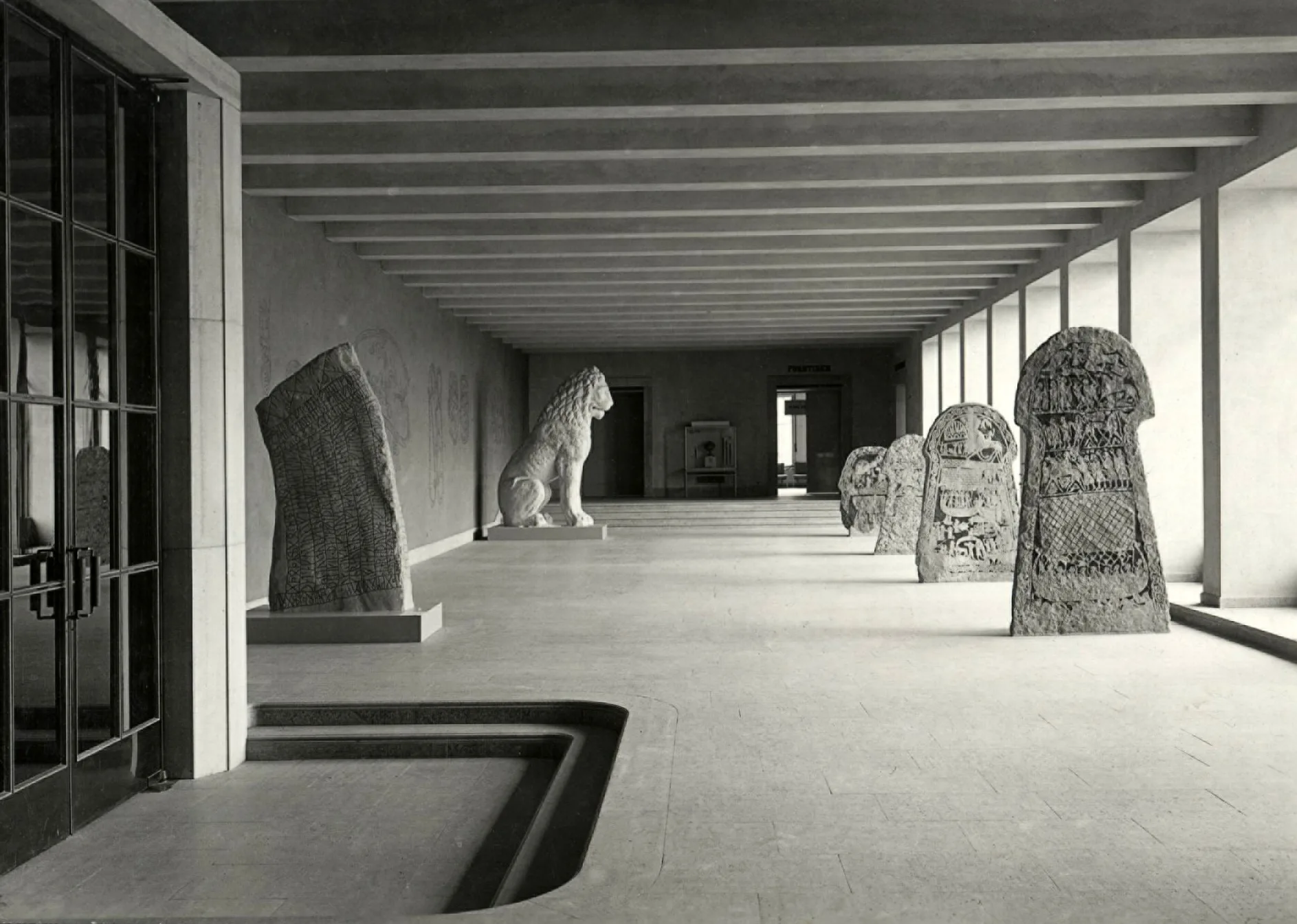
The plaster cast in Stockholm
The copy at the Swedish History Museum was made by one of Italy’s foremost plaster casters in the 1890s. It was shipped to Stockholm to make the runes more accessible for study. Behind the initiative was the civil servant, poet, and art connoisseur Nils Fredrik Sander (1828–1900), who also made his own vivid interpretation of the runic inscriptions.
The Piraeus Lion went on to inspire several writers, among them Frans G. Bengtsson (1894–1954), who wrote the sonnet The Runic Lion in Venice.
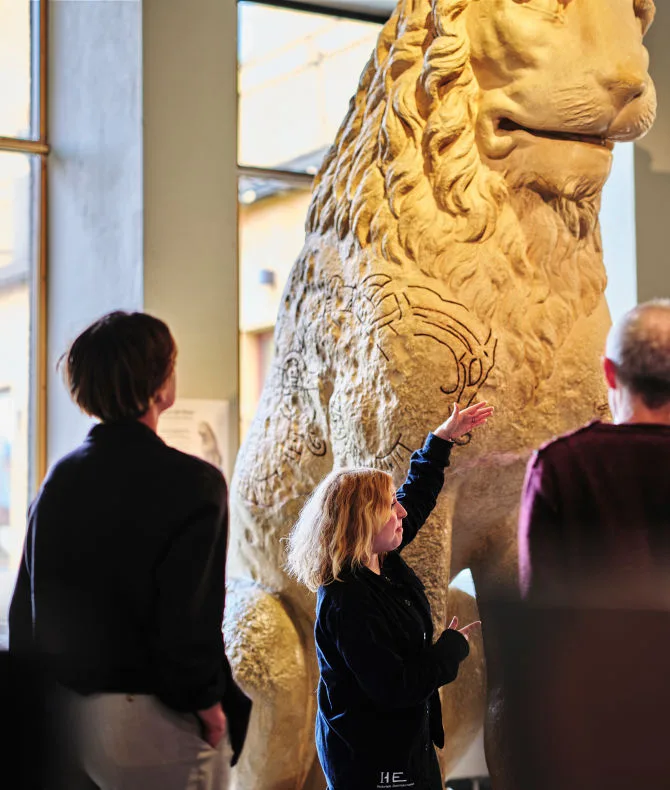
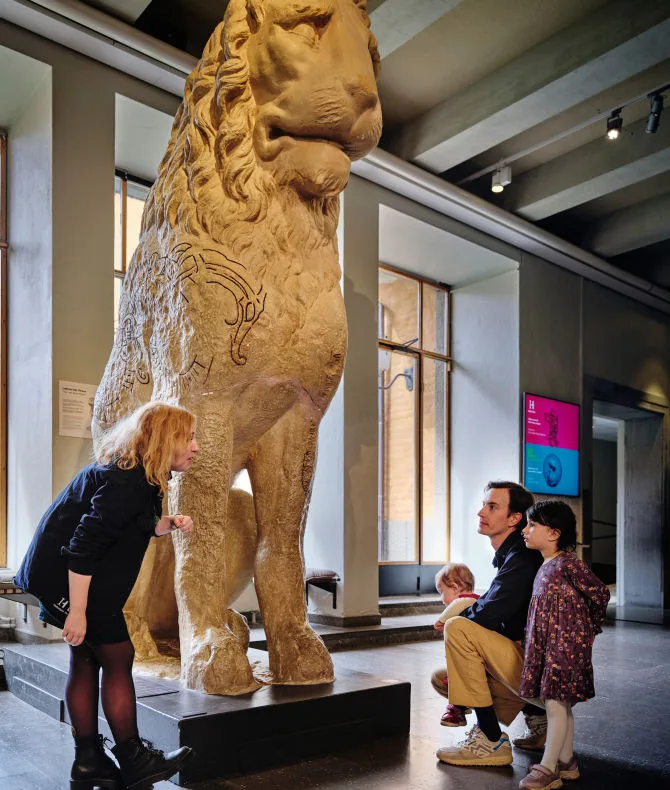
Photos: Ola Myrin, The Swedish History Museum/SHM.
Bring home a souvenir
In the museum shop, you can buy a small version of the Piraeus lion to bring home as a souvenir. It is a approximately twenty centimetres tall, so it will definitely fit in your suitcase!
